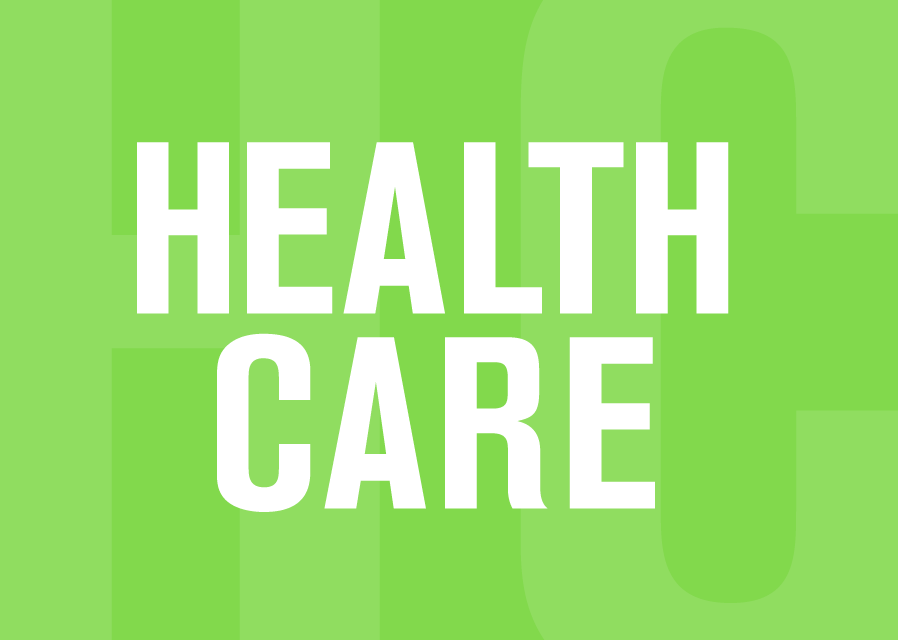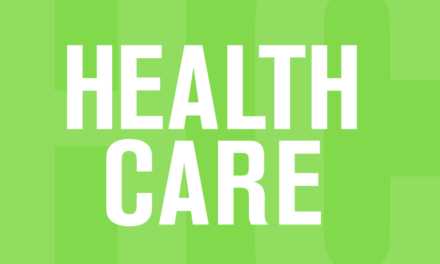It’s not every day that decision-makers can observe the wisdom of their choices in real time. But that’s what Nova Scotia health officials (and by extension the outgoing provincial government) can do by looking northwest to New Brunswick.
Back in July, Nova Scotia and New Brunswick were following the same cautious COVID-19 public health guidelines, to stay in effect until 75 per cent of the population is fully vaccinated. But on July 23, New Brunswick changed course, announcing that the province would “go Green” on July 30, well short of that vaccination target. Under the Green phase of its pandemic recovery plan, all restrictions were lifted – no more masking, gathering limits or interprovincial border controls.
The Higgs government made the change despite acknowledging at the time that only 62.7 per cent of New Brunswickers 12 and older – and just around 55 per cent of the total population – had received two doses. Meantime, Nova Scotia has stayed the course, with the most recent estimate being that restrictions will not be eased until mid-September.
In the nearly four weeks since New Brunswick lifted restrictions, the province has been acting out a cautionary tale. It has more than triple the number of cases reported by Nova Scotia, and when population is taken into account, it’s four times higher, as the Table shows. And as of Friday, there were four New Brunswickers in hospital as a result of COVID, none in Nova Scotia.
Change in cumulative cases by province
| Province | July 30 | Aug. 27 | Increase | Inc. per million |
| New Brunswick | 2,365 | 2,721 | 356 | 452 |
| Nova Scotia | 5,887 | 5,999 | 112 | 113 |
Source:Health-infobase
Making the recent contrast between the two provinces even more significant is how it differs from the situation existing during most of the pandemic. As shown in column one of the table, since the start of the pandemic to the end of last month, Nova Scotia had more than twice as many cases as New Brunswick. Lifting restrictions has shattered that pattern.
New Brunswick’s steadily rising case numbers became more worrisome last Thursday when public health announced 14 confirmed cases of community transmission, something Nova Scotia has so far been spared during its upturn in case numbers. New Brunswick’s rising numbers, particularly the 14 cases where the source of infection is unknown, prompted the province’s deputy chief medical officer to urge mask wearing in indoor public spaces.
However, there is no immediate plan to re-impose mask wearing and other restrictions, despite the fact that New Brunswick’s vaccination numbers are trailing Nova Scotia’s and have actually slowed down relative to Nova Scotia since the decision was made to “go Green.”
There is an apples-and-oranges element to comparing vaccination numbers. Nova Scotia is basing its plan on percentage of the entire population, while New Brunswick tends to use eligible population (i.e. 12 and over) as a denominator.
The COVID-19 Tracker reported that as of Friday, 518,501 New Brunswickers and 685,346 Nova Scotians had received two doses of vaccine. As the table shows, Nova Scotia had a higher percent of vaccinations both in terms of total population and eligible population.
Vaccination rates by province (two doses)
| Nova Scotia | New Brunswick | |
| Total | 685,346 | 518,501 |
| % of total pop. | 69.8% | 66.2% |
| % of eligible pop. | 78.7% | 74.8% |
Source: COVID-19 Tracker Canada
At 62.7 per cent of eligible population New Brunswick’s was slightly ahead of Nova Scotia in July when New Brunswick embarked on its Green phase. However, as the table shows, Nova Scotia was ahead by nearly four percentage points as of Friday. If the purpose of removing restrictions was to encourage more vaccinations in New Brunswick it does not appear to be working.
On a more positive note, hospitalizations have remained relatively low compared with other provinces that have gone a similar route to New Brunswick. So far, there have been no new deaths, compared with one in Nova Scotia this month. And the upcoming Labour Force Survey may indicate whether by lifting restrictions earlier New Brunswick has increased employment and economic activity faster than has Nova Scotia. All of which makes the New Brunswick experiment well worth watching.
-30-





